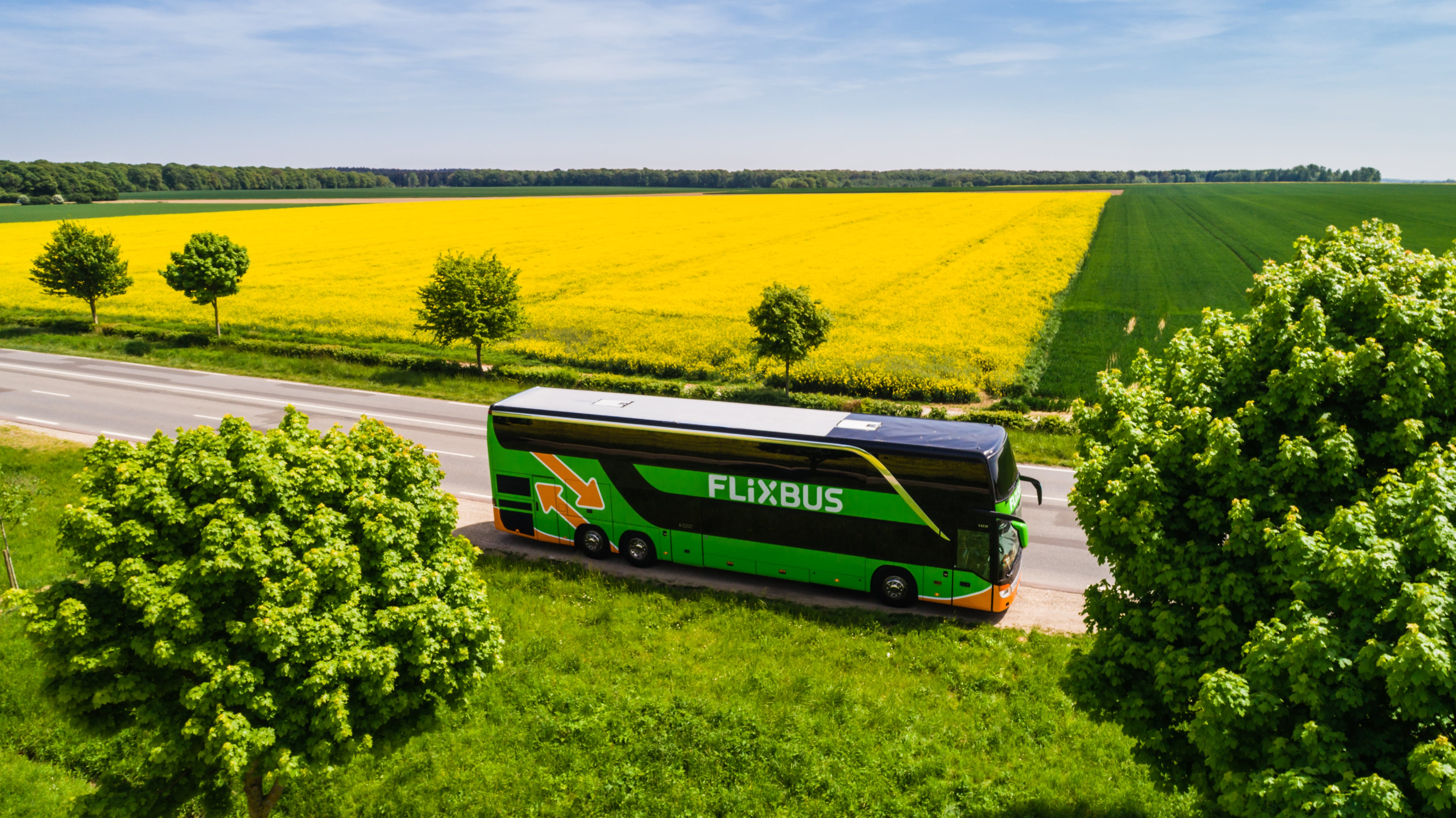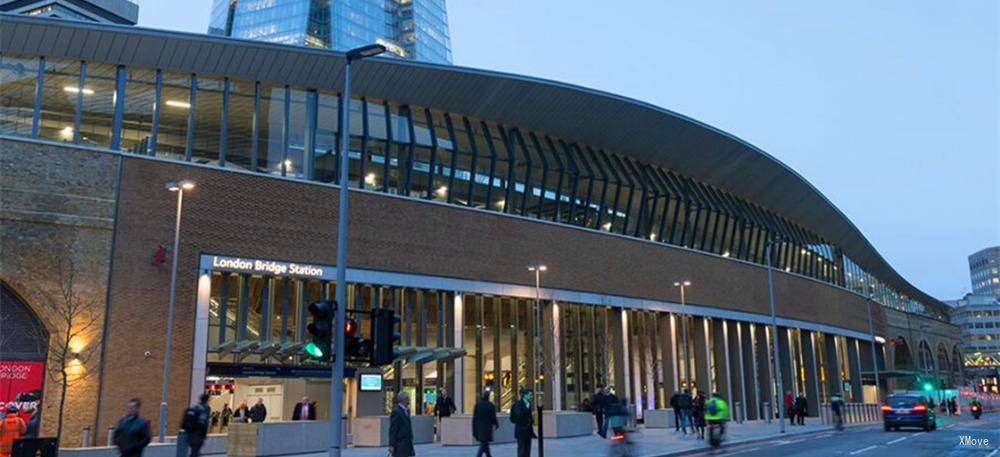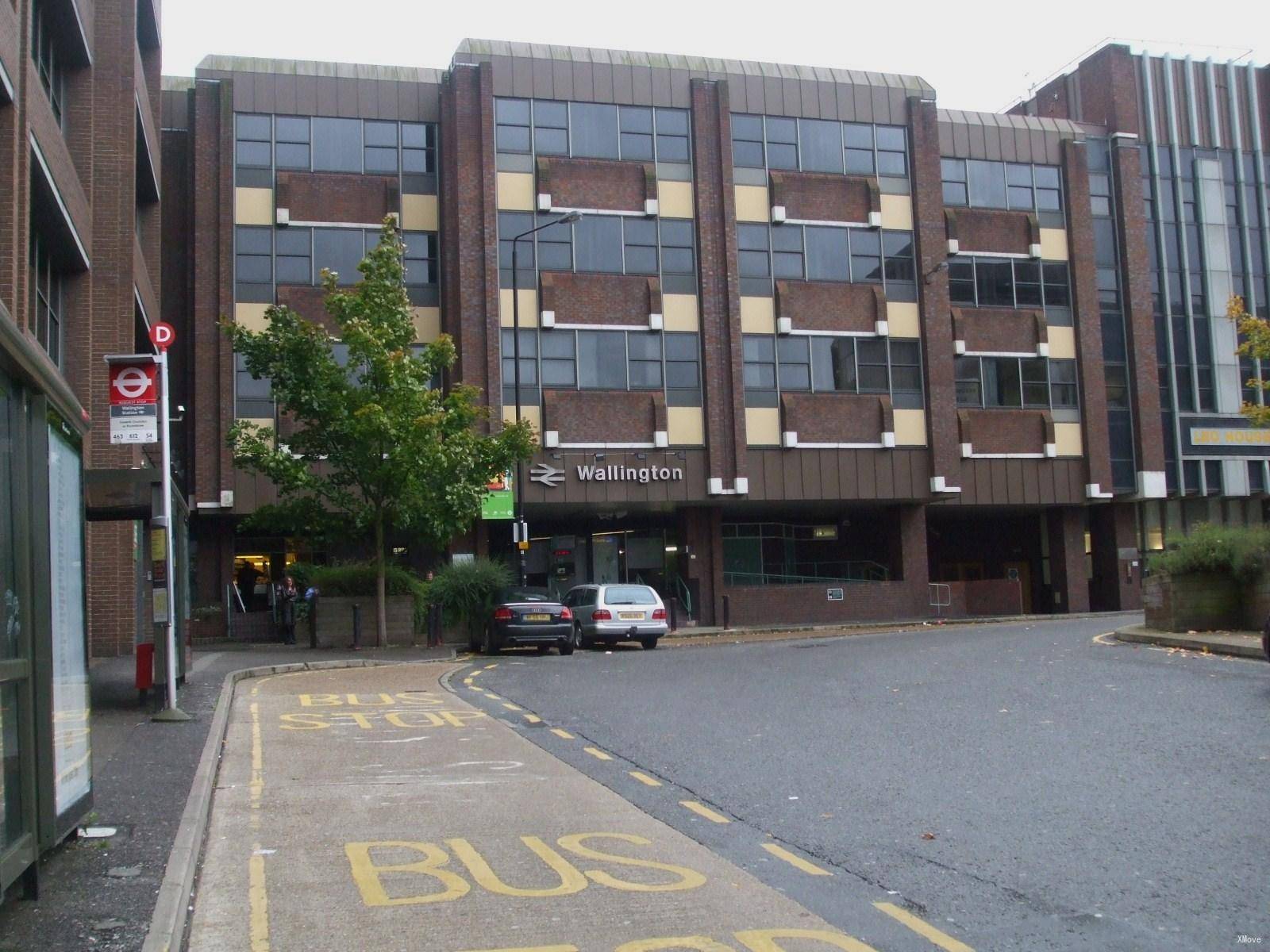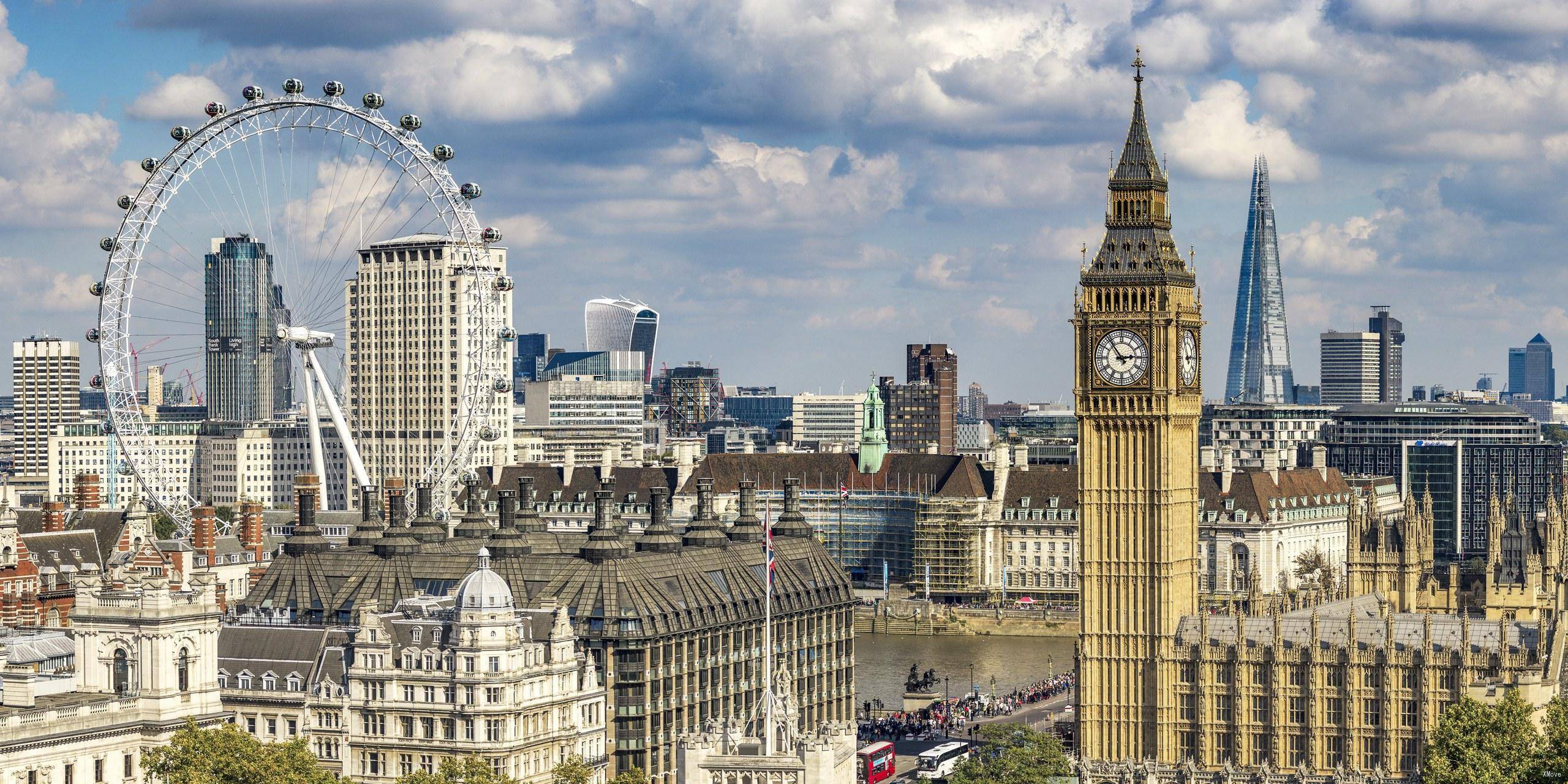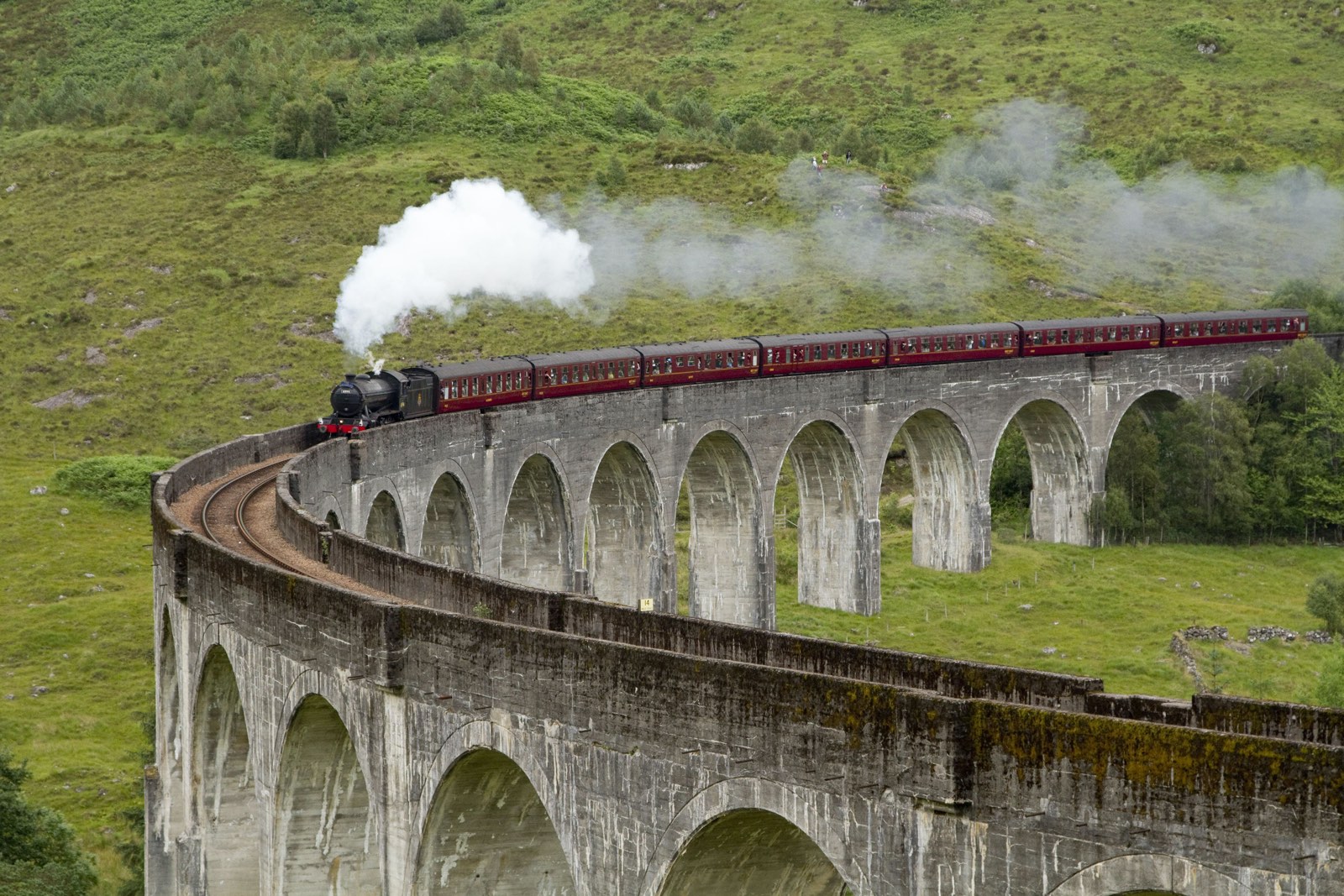London Bridge Station
Introduction
London Bridge Station is a railway station in the UK, a co-construction station for the British National Railway and the London Underground. The London Bridge Station is located southeast of the London Bridge, 1.6 miles (2.6 km) east of the Charing Cross. London Bridge Station is one of the oldest railway stations in the world and the fourth-largest number of passengers in London, with a total of 42 million passengers per year.
Platform
Located below the train, the relatively new large street hall between St. Thomas Street and Tooley Street has direct access to all stations above via escalators and lifts (elevators). (Only one lift connects the hall to the platform 10-15 - it is opposite the escalator that leads to the platform 12-13).
Unexpectedly, the ticket gate line surrounds the hall, so there is no separate ticket gate for each station. For the British station, it is particularly unusual for some shops at the station to be on the other side of the ticket gate.
In addition, what is not in this main hall is the main departure electronic board, which lists all the departure points and the stations that each train will arrive at. Instead, there are separate departure screen groups, some of which only show details of trains operated by Southeast Airlines, while others only list departures for southern trains. Of course, there are also information desks and other station staff who can point you in the right direction.
The southeast train leaving London departs from stations 1, 6, and 7.
Trains arriving in Greenwich usually depart from platform 1.
(Although if you are going to Greenwich, the next train can be the Thameslink train departing from platform 4, not the southeast train departing from platform 1 – pay attention to the train to Reynham.)
The southeast train to Canterbury, Dover, Hastings and Tunbridge Wells departs from platform 6 or 7, which can be reached via the same escalator and elevator.
Although during peak hours from Monday to Friday, there are other flights departing from Station 1 to these destinations.
The Thameslink train heads south and reaches many destinations, including Surrey and Sussex, including Gatwick Airport and Brighton, starting from platform 4.
When the Thameslink train heads north from King's Cross to destinations such as Cambridge, Peterborough and St Albans, it departs from platform 5.
Trains operated by Southern Airlines depart from the platform (lines 10-15), and trains that occasionally travel to Brighton and Gatwick also use this part of the station.
London Bridge Station - Station Guide | Departures and Arrivals | Popular Routes
